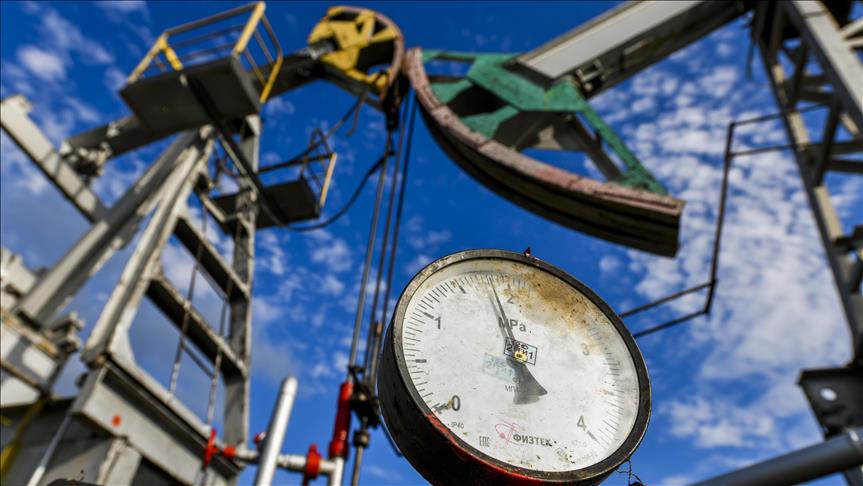

By Anadolu Agency
Oil prices slightly increased on Wednesday due to escalating geopolitical tensions in the Middle East and the halt in production in Libya’s largest oil field while heightened recession concerns and weak demand data from the US limited further price rises.
International benchmark Brent crude traded at $76.58 per barrel at 11.45 a.m. local time (0845 GMT), an increase of 0.13% from the closing price of $76.48 per barrel in the previous trading session.
The American benchmark West Texas Intermediate (WTI) traded at $73.34 per barrel at the same time, a 0.19% rise from the previous session that closed at $73.2 per barrel.
Both benchmarks increased on Wednesday due to concerns that the possibility of rising tensions in the Middle East, home to a vast majority of global oil, could spread to other regions and damage oil supply routes.
Iran and Lebanon’s Hezbollah group blamed Israel for the assassination of the Palestinian resistance group Hamas’s political chief, Ismail Haniyeh in Tehran on July 31 and threatened retaliation against Tel Aviv.
US Defense Secretary Lloyd Austin said Tuesday that Washington is sure that an Iran-backed militia is behind an attack on Ain al-Asad air base in western Iraq, where American and coalition forces are stationed.
‘The United States will not tolerate attacks on our personnel in the region. We’ve adjusted our military posture to strengthen our force protection, to reinforce our ironclad commitment to the defense of Israel, and to remain prepared to respond to any contingency,’ he said.
Moreover, conflicts in the Red Sea, one of the world’s most frequently used sea routes for oil and fuel shipments, continue to influence upward price movements.
The US Central Command (CENTCOM) said in a statement on Tuesday that it destroyed one Iranian-backed Houthi uncrewed aerial vehicle and two Iranian-backed Houthi anti-ship ballistic missiles launched from Houthi-controlled areas of Yemen over the Red Sea in the past 24 hours.
In solidarity with the Gaza Strip, Yemen’s Houthi group has been targeting cargo ships in the Red Sea and Gulf of Aden that are owned or operated by Israeli companies or transporting goods to and from Israel.
The halt in production at Libya’s largest oil field has also intensified supply concerns in the market.
The Sharara Oilfield in southern Libya, which accounted for about a third of the country’s production with a daily capacity of approximately 300,000 barrels, has been particularly affected.
Furthermore, in its Short-Term Energy Outlook (STEO) released on Tuesday, the EIA estimated that global oil inventories decreased by 400,00 barrels per day (bpd) in the first half of 2024 and will fall by 800,000 bpd in the second half of the year.
However, market players’ demand fears fueled by the heightened recession concerns in the US, the world’s largest oil consumer, limited further price rises.
Meanwhile, the American Petroleum Institute (API) reported a 180,000 barrel increase in US crude oil inventories late Tuesday. The data indicated that demand was cooling as the end of the summer travel season approached.
The data indicated that demand was cooling as the end of the summer travel season approached.
Official figures from the EIA are expected to be released later in the day. If a rise in crude oil inventories is confirmed, prices are likely to climb further.
We use cookies on our website to give you a better experience, improve performance, and for analytics. For more information, please see our Cookie Policy By clicking “Accept” you agree to our use of cookies.
Read More